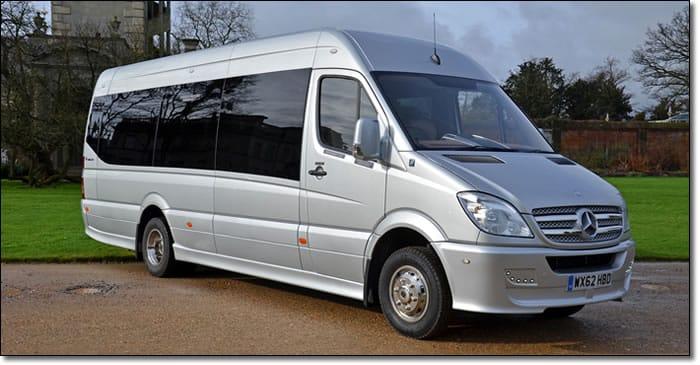Small Wind Power Market Eyes Rural Electrification Boom
The global small wind power market is experiencing significant momentum, driven by the rising demand for decentralized renewable energy solutions. As countries invest in clean energy infrastructure and seek alternatives to fossil fuels, small-scale wind systems are emerging as a crucial part of the energy mix. These systems offer cost-effective, localized power generation—particularly ideal for remote or off-grid regions, agricultural setups, and residential communities seeking energy independence.
Market Dynamics: Drivers Redefining Small Wind Energy Adoption
One of the strongest drivers of the small wind power market is the global push for carbon neutrality. Governments, private institutions, and households alike are shifting toward renewable energy to reduce emissions and mitigate climate change. Small wind turbines—typically with capacities of up to 100 kW—provide a viable option for distributed generation, especially in areas with consistent wind resources and limited access to traditional power grids.
Rural electrification initiatives in developing economies are significantly boosting demand. In regions across Asia, Africa, and South America, small wind systems are being deployed to power schools, clinics, farms, and communication towers. They offer a practical, affordable alternative to diesel generators, which are often expensive to maintain and contribute heavily to pollution.
Technological advancements have also made small wind turbines more efficient, durable, and user-friendly. Innovations in blade design, generator efficiency, and smart monitoring systems are enabling improved energy capture and real-time performance tracking. This enhanced reliability has expanded the market appeal of small wind solutions from hobbyists and rural users to commercial enterprises and microgrid developers.
In urban settings, small wind turbines are being integrated into buildings and infrastructure as part of broader smart city initiatives. Their compact size and reduced noise make them suitable for rooftop or pole-mounted installations, where they can supplement solar panels and reduce dependence on centralized electricity systems.
Another market-shaping factor is rising electricity prices, which is compelling both residential and commercial users to seek affordable, long-term alternatives. Small wind systems offer not only energy savings but also stability against grid outages and price volatility—factors increasingly valued in a climate-affected energy landscape.
Competitive Landscape: Strategic Innovation and Localized Manufacturing
The small wind power market features a diverse mix of international manufacturers, local installers, and innovative startups. Leading players are investing in R&D to enhance product performance, reduce costs, and expand their offerings to include hybrid systems that integrate wind with solar or storage solutions.
Customization and localization are becoming competitive differentiators. Companies are tailoring systems to suit specific geographic and climatic conditions, recognizing that wind patterns, terrain, and installation constraints vary significantly across regions. This approach ensures higher system efficiency and user satisfaction.
Some market leaders are expanding their footprint through partnerships with NGOs and government bodies engaged in rural electrification. These collaborations help streamline distribution, provide financing support, and strengthen customer service networks in underserved markets.
Digital integration is another key strategy being adopted. Smart controllers, mobile apps, and IoT-based diagnostic tools allow users to track energy generation, detect faults, and schedule maintenance remotely. These features not only improve user experience but also lower operational costs and downtime, enhancing system ROI.
Meanwhile, local manufacturers and service providers continue to thrive by offering affordable solutions and rapid after-sales support. Their proximity to end-users enables faster customization and installation, giving them a competitive edge in budget-sensitive markets.
Opportunities and Challenges: Charting a Resilient Path Forward
While the small wind power market is poised for growth, it does face notable challenges. One of the primary concerns is inconsistent wind availability in some regions, which can impact energy output. To mitigate this, developers are increasingly conducting site assessments and integrating battery storage systems that ensure power continuity even during low-wind periods.
Another challenge is the lack of standardization in product quality and installation practices, particularly in unregulated markets. This can lead to performance discrepancies and customer dissatisfaction. Industry stakeholders are calling for clearer certification standards and training programs to professionalize the sector and ensure reliability.
Noise perception and aesthetic concerns in residential settings also pose limitations. However, modern turbine designs have significantly reduced acoustic impact and improved visual integration, allowing for broader acceptance in suburban and urban environments.
On the policy front, favorable government incentives, net metering regulations, and subsidies can greatly enhance adoption. In many regions, these policies are either being expanded or introduced to support the growth of small-scale renewable systems. Continued support in the form of grants, low-interest loans, and streamlined permitting will be essential to sustain market momentum.
In the future, small wind systems could also play a role in powering electric vehicle charging stations, telecommunications, and disaster-resilient infrastructure—areas with high demand for decentralized and reliable energy sources. The combination of versatility, sustainability, and autonomy makes small wind power a compelling solution for diverse energy challenges worldwide.
As the global focus on decentralized and sustainable power solutions intensifies, the small wind power market is expected to grow in tandem. Stakeholders across the value chain—from technology innovators to grassroots installers—must collaborate to address barriers, promote quality standards, and unlock the full potential of wind as a clean, local energy source.
For more detailed insights and projections, visit Market Research Future.
More Trending Reports:
Nuclear Power Plant Components







